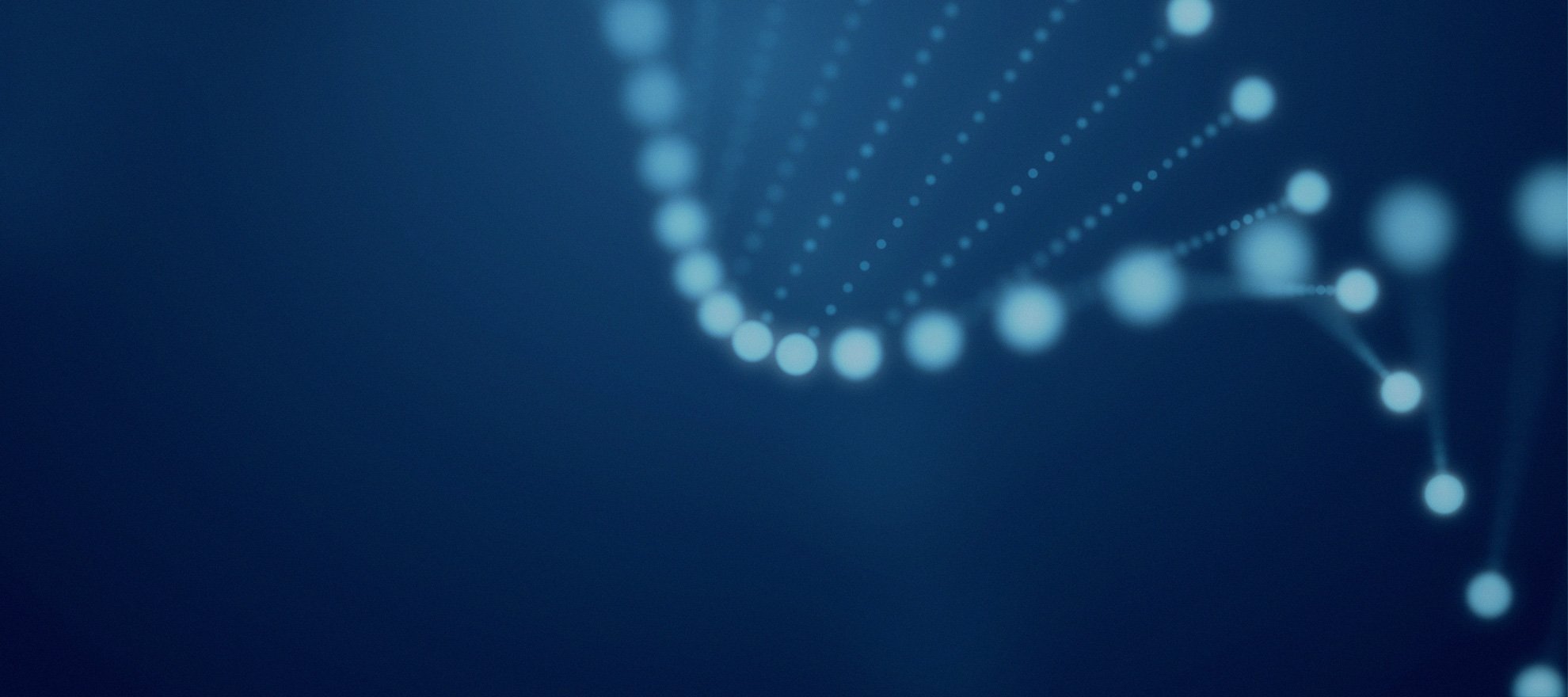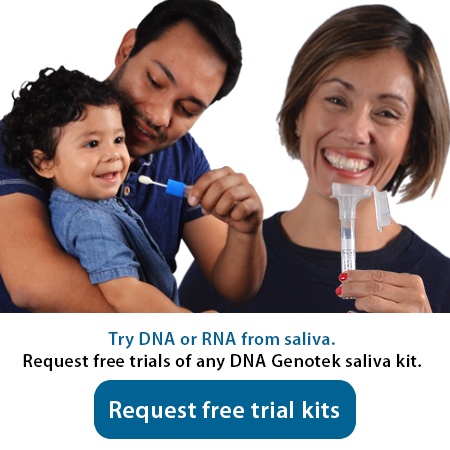2012-07-12
Welcome to the first article in a 3 part series discussing whether or not saliva can replace blood for DNA collection and analysis. We hope you find this content interesting. Let us know what you think of this series by leaving a comment. Thank you in advance.
Affymetrix stated in a recent poster, entitled Comparison of high density genotyping results from saliva and blood samples on Affymetrix GeneChip® GenomeWide SNP 6.0 arrays,
“Blood has proven a very consistent and reliable source of genetic material for many avenues of testing and research, but it can also be a time consuming, expensive and invasive collection ... Finding a comparable source of genetic material, such as saliva, that is more cost effective, more stable and less invasive would be extremely beneficial to the scientific community.”[1]
 Theoretically, there should be no argument that most everyone would prefer non-invasive, fast and easy sample collection over a painful, inconvenient, and hazardous blood draw including donors and clinicians. However, blood collection is often considered the golden standard for DNA quality and it is an established practice across hospitals, clinics, and labs worldwide. So, is replacing blood with saliva a real possibility?
Theoretically, there should be no argument that most everyone would prefer non-invasive, fast and easy sample collection over a painful, inconvenient, and hazardous blood draw including donors and clinicians. However, blood collection is often considered the golden standard for DNA quality and it is an established practice across hospitals, clinics, and labs worldwide. So, is replacing blood with saliva a real possibility?
We know blood collection will always be a necessary practice in healthcare as blood contains some biomarkers that may not be present in saliva. Proteins, antibodies, and metabolites are some examples of such biomarkers. However, when the purpose of collection is strictly for genomic DNA analysis, saliva makes a lot of sense.
Many things need to be considered in this debate. First and foremost, is saliva a viable option?
Quality of saliva
Saliva DNA must perform equivalently in downstream applications to that of blood to merit a change from blood. This means the quality and quantity of DNA extracted from saliva must meet the standards set and achieved by blood. We know that up to 74%[2] of the DNA in saliva comes from white blood cells, the same source of DNA as in blood. However, the major issue with saliva DNA arises when naturally degrading enzymes and bacteria within the sample attack DNA integrity and decrease quality very quickly.
Oragene self-collection kits are designed to maintain the integrity of DNA in saliva as they contain reagents to preserve the high molecular weight DNA by inhibiting degradation and preventing bacterial contamination. The majority of DNA obtained with Oragene is > 23kb in fragment size and the amount of bacteria has minimal practical significance as the vast majority is of human origin (average only 11.8% bacteria)[3].
Multiple studies confirm DNA extracted from Oragene/saliva samples result in DNA of the highest integrity, performing equivalently to blood for applications such as PCR, SNP, genotyping, microarrays and next-generation sequencing.
A study conducted in 2010 by Bahlo, M. et al., stated
“…saliva collected using the Oragene kit provides good-quality genomic DNA … comparable to blood as a template for SNP genotyping on the Illumina platform.”[4]
Affymetrix concludes in the previously mentioned poster,
“Concentration and purity QC metrics have demonstrated that DNA extracted from saliva is of similar quality and quantity to that extracted from the paired blood sample…The paired blood and saliva samples were run on the GWS6.0 arrays, analyzed and then compared to internal standards and to each other. Call rates and reproducibility percentages in excess of 99% verifies that saliva can be used successfully as an alternative source of genomic DNA for use in high density genotyping.”[1]
In further agreement, another study entitled, Saliva samples are a viable alternative to blood samples as a source of DNA for high throughput genotyping by Abraham, J.E. et al. stated
“DNA quality, as assessed by genotype call rates and genotype concordance between matched pairs of DNA was high (>97%) for each measure in both blood and saliva-derived DNA. … We conclude that DNA from saliva and blood samples is comparable when genotyping using either Taqman or genome-wide chip arrays.”[5]
Additionally, Complete Genomics announced earlier this year their acceptance of saliva collected with Oragene for whole human genome sequencing. OK, so extensive research exists and validates saliva as an equivalent alternative to blood for genomic DNA. But why would institutions currently using blood samples change their procedures to incorporate saliva? What benefits exist to outweigh the status quo?
With that, we are closing this first introductory article on the quality issue and hope we've made you eager to read the ones coming in the following weeks. The series will continue as follows:
- July 17, 2012: We discuss the functionality/ease of use of saliva vs. blood
- July 25, 2012: We examine the cost of saliva vs. blood collection and analysis
You can read part 2 and part 3 of this series (now published) by clicking the links. Be sure to subscribe to our blog so you can be notified of new articles.
References
1Reynolds, J.D. Comparison of high density genotyping results from saliva and blood samples on Affymetrix GeneChip® GenomeWide SNP 6.0 arrays.
2Thiede, C. et al. Buccal swabs but not mouthwash samples can be used to obtain pretransplant DNA fingerprints from recipients of allogeneic bone marrow transplant. (2000). Bone Marrow Transplantation. 25(5): 575-577.
3C. James, R.M. Iwasiow, H.C. Birnboim (2011). Human genomic DNA content of saliva samples collected with the Oragene® self-collection kit. DNA Genotek. PD-WP-011 Issue 4/2011-11.
4Bahlo M. et al. Saliva-Derived DNA Performs Well in Large-Scale, High-Density Single-Nucleotide Polymorphism Microarray Studies. Cancer Epidemiol Biomarkers Prev. 19(3): 794-798 (2010).
5Abraham, J.E. et al. (2012). Saliva samples are a viable alternative to blood samples as a source of DNA for high throughput genotyping.


